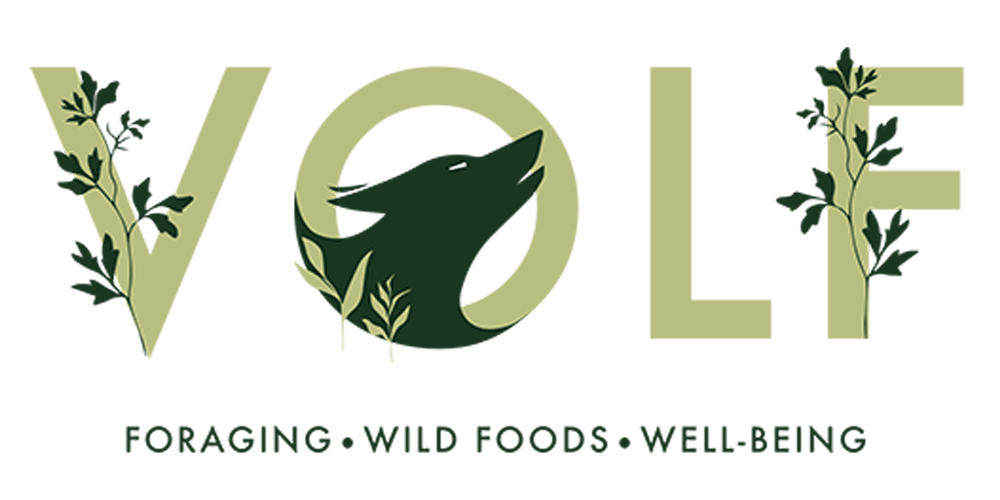'Wild' Horseradish
How To ID Me And What I’m Good For?
My ID Features:
Leaf
Root
Leaf
Root
‘Wild’ Horseradish
Latin Name - Armoracia rusticana.
Common Names - Horseradish, Red Cole.
Family - Brassicaceae.
Season - Spring to Autumn (Winter for roots).
Edible Bits - Leaves & roots.
Habitat - Unfortunately, horseradish LOVES disturbed ground. We most commonly find it on the roadside. It also likes to inhabit waste ground, railways, sandy seashores and river-banks.
Possible Confusion - The most common confusion is from the Dock, family (Rumex species). Dock has matt leaves, unlike the shiny leaf of Horseradish. Also, as shown in the pictures above, horseradish has a clear toothed edge to the leaf, which docks lack. Once you come across horseradish, the differences are easily discernible. The leaf also smells strongly of horseradish, which Dock will not. So use your nose!
Description - Depending on how much of a purist you are, ‘Wild’ horseradish isn’t a native plant here in the UK. Escaping cultivation many, many moons ago. Nevertheless, its made roots firmly across temperate Europe to become naturalised. Nikki & I find the wild plants to have a much more pungent smell and taste to the cultivated varieties. As it’s illegal to uproot any plant without permission of the landowner, the root is going to be hard to come by. The leaf, however, has a beautiful mild warmth to it. We’ve found the robust leaf lends itself well to fermentation. If you do have permission to dig the roots, be prepared for a battle. They’re twisted and forking, making it hard to extract them as a whole.
Physical Characteristics -
Leaf & Stem
This perennial wildflower develops a rosette of basal leaves, from which there develops one or more flowering stalks. When crushed, they smell strongly of mustard. The shiny green leaves are very large, ovate-oblong shaped, and round at the base. The prominent midrib is white and helps distinguish this plant from docks. The margins of the leaf are serrated.
The leaves are potentially confusable with our dock family plants, until you either closely look, or crush and smell them! Horseradish leaves will always try and reach up vertically.
The initial basal leaves appear in mid-spring, and can typically grow larger than 40 cm long.
The stems of Horseradish are light to medium green and hairless. Alternate leaves become smaller in size as they ascend these stems.
Flowers & Seeds
The blooming period can occur from mid-spring to mid-summer and lasts about 2 months. The flowers are replaced by cylindrical seedpods up to 6 mm long. Each seedpod can contain up to 8 seeds. Though, Horseradish is a little temperamental. Some specimens do not flower every year, and some hardly ever. When they do, the small white flowers appear in the shape of a cross. Indicative of the mustard family. We still haven’t found one in flower as of yet, but will update with photographs once we do.
Medicinal Qualities - Horseradish contains Calcium, Magnesium, Potassium, Folates, Vitamin C & Zinc. It has long been used in herbal medicine for a whole range of treatments.
Harvesting Sustainability - As aforementioned, it would be best to pick the leaf only. Horseradish is spread predominately through root fragments.
Safety Note
Take note and be careful of the environment you pick horseradish from. Due to their favoured environments, heavy metals are likely to be present in the soil. Which our bodies cannot process effectively. Also, large quantities of this plant can be poisonous due to its content of volatile oils. It is not recommended for pregnant or breastfeeding women in particular.
Never munch on a hunch! Volf takes no responsibility for anything consumed.














